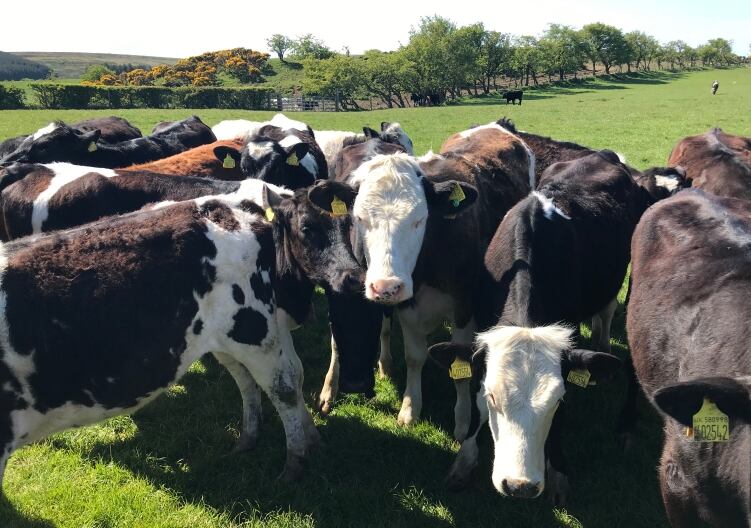The report in Nature Food, 'Nitrogen emissions along global livestock supply chains,' says most emissions originate from locally-produced animal-sourced food, although nitrogen emissions embedded in international trade are significant for some importing countries.
Given the magnitude of its impacts and its central role in both domestic and international nitrogen challenges, the authors said the livestock sector urgently requires a global initiative to tackle nitrogen pollution while supporting food security.
The researchers said their analysis shows livestock supply chains contributed ~65 Tg N per year to global human-induced N emissions in 2010, in the form of NO3− (29 Tg N per year), NH3 (26 Tg N per year), NOx (8 Tg N per year) and N2O (2 Tg N per year). These emissions represented approximately 39% of anthropogenic NO3− released to surface and groundwater, 60% of total NH3 emissions, 23% of NOx emissions and 32% of N2O emissions globally.
They estimate the sector represents about one-third of global human-induced N emissions, and that total synthetic fertilizer and biological N fixation used to produce livestock feed (76 Tg N per year) has already reach the planetary boundary for nitrogen.
Globally, ruminant supply chains of milk, meat and co-products such as hides and skins release around 46 Tg N per year (or 71% of the total N emissions from livestock), with the production of eggs and meat from chicken and pork contributing the remaining 29%, they observed.
The authors add that, more specifically, mixed cattle and buffalo supply chains alone are responsible for 44% of the total N emissions, with most of it taking place in South Asia. Supply chains of grazing cattle (dairy and beef) and pig (backyard, intermediate and industrial) each account for about 16% of total N emissions, with the latter concentrated in East and Southeast Asia. The projected expansion of total animal production (74%) in low- and middle-income regions by 2028 is likely to further increase N emissions from these systems, they said.
The researchers concluded that livestock supply chains are a major source of N emissions, contributing roughly one-third of global anthropogenic emissions, with significant impacts on pollution, climate change and biodiversity losses, and added the study shows how traded commodities carry embedded emission across borders.
They said the findings highlight the need to renew policy attention to nutrient pollution from livestock supply chains and to develop initiatives consistent with the increasingly transnational nature of the issue.
In parts of the world, they argue, a reduction in the production and consumption of livestock products is probably necessary to keep global N emissions within planetary boundaries, but they add that such reduction should not come at the expense of food security, particularly in contexts where livestock plays a major role in addressing malnutrition and building food systems’ resilience to climate change.
https://doi.org/10.1038/s43016-020-0113-y

